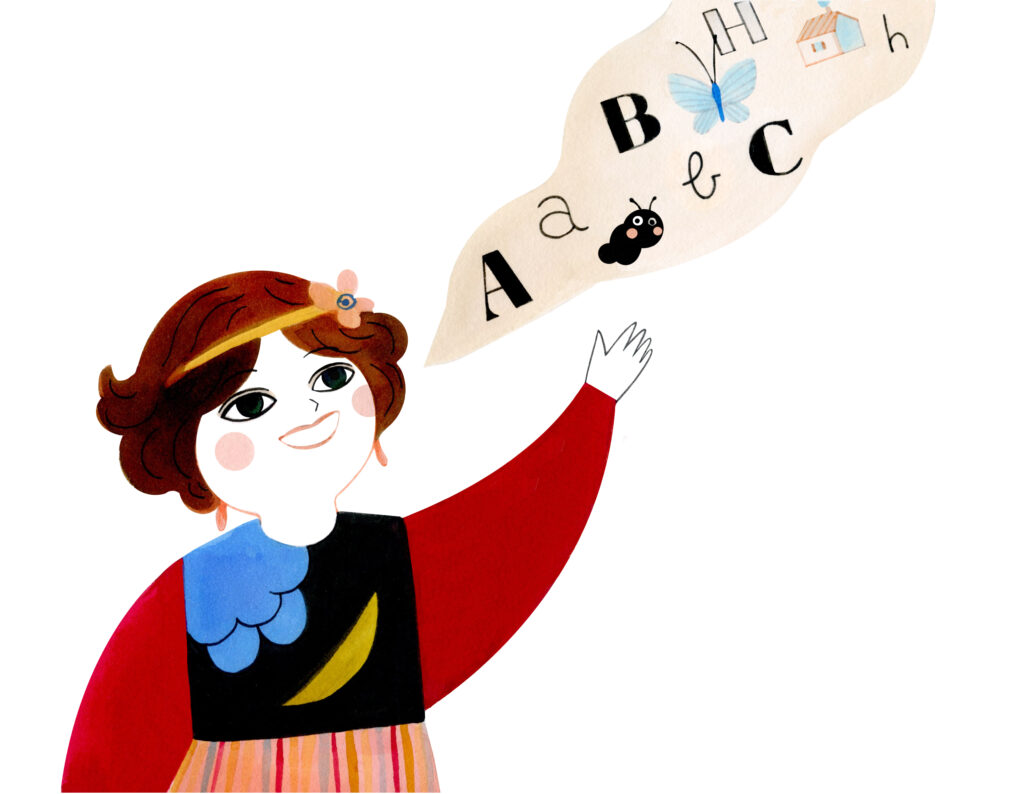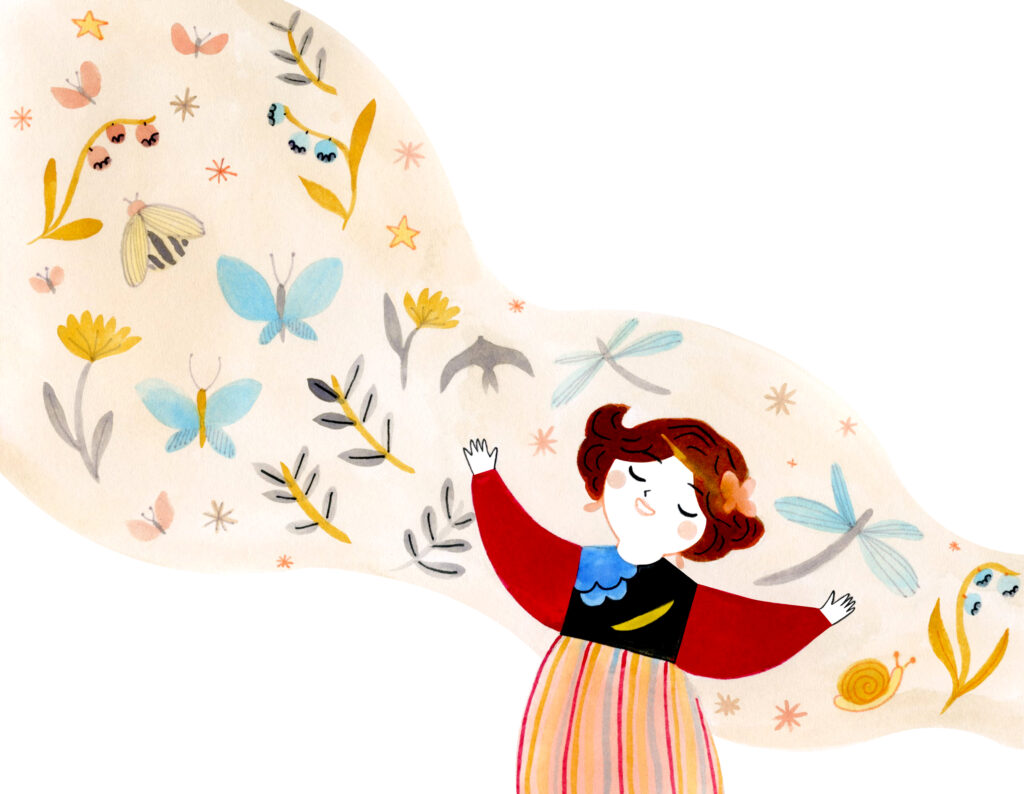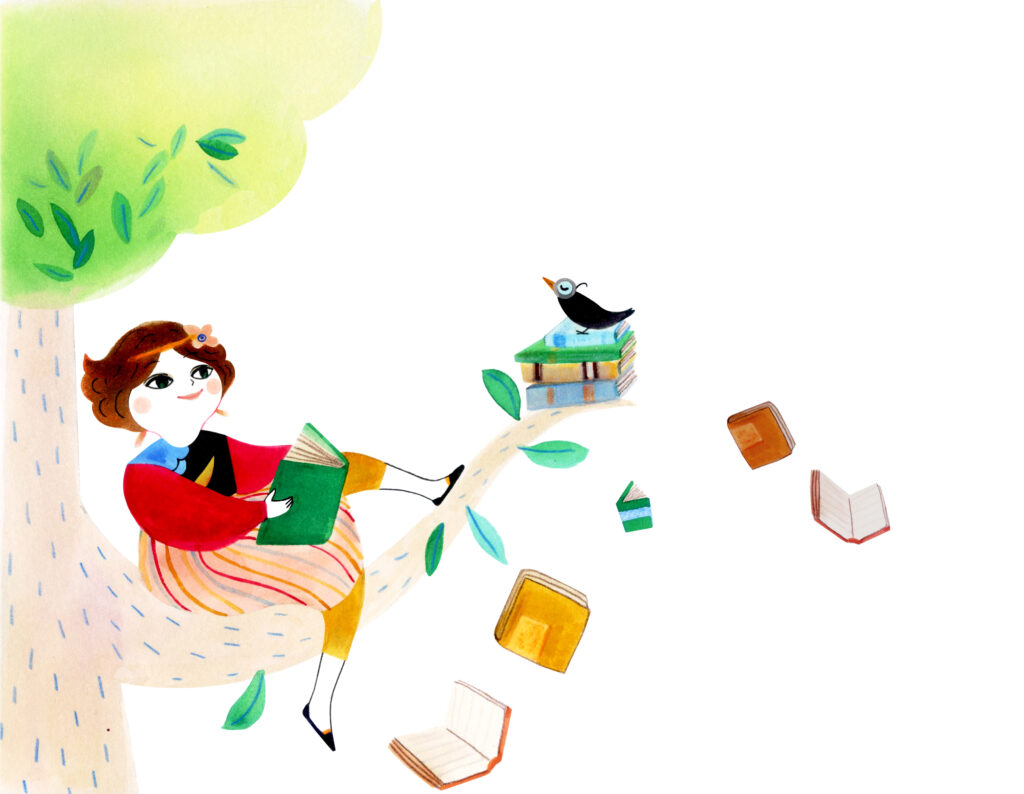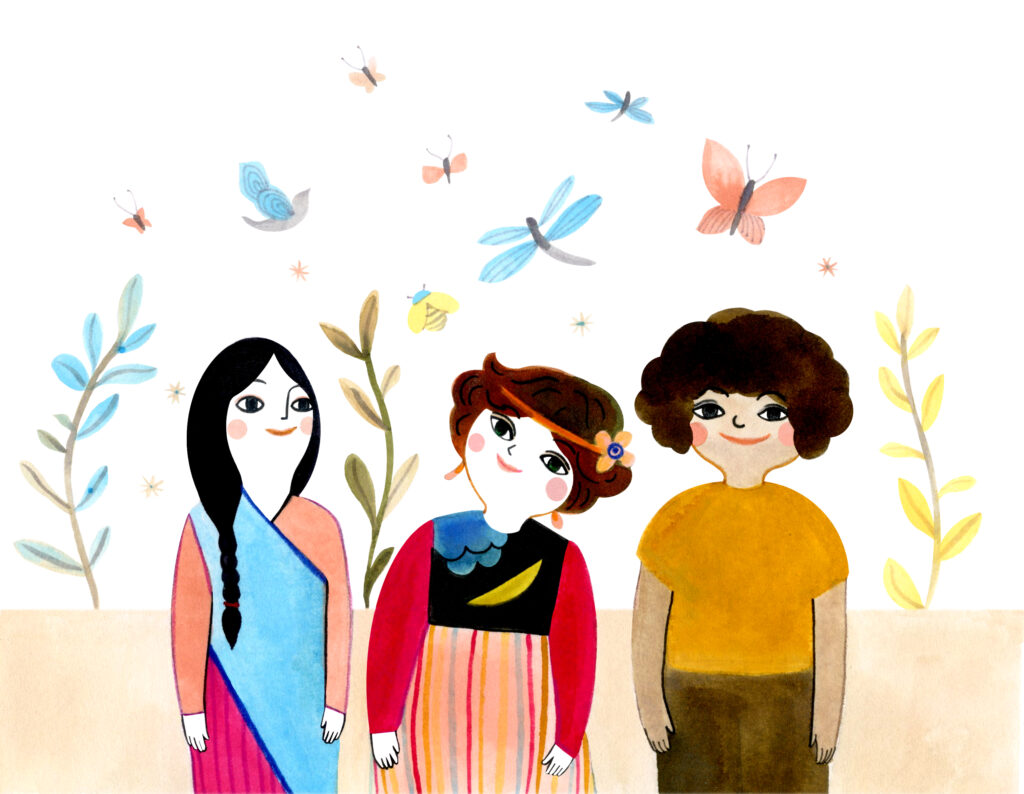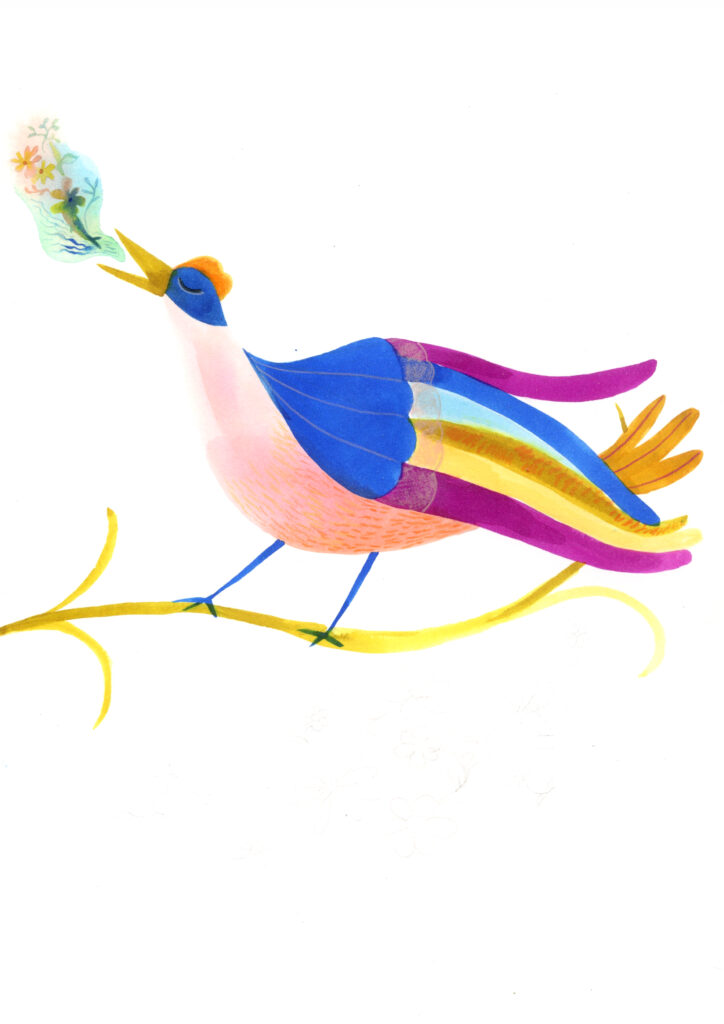Multilingual classroom
In societies with a high population of immigrants like Luxembourg, multilingualism is a reality for both adults and children. For a young child, the most linguistically diverse environment is a classroom, and it is managed by a teacher. That is why the development of the child’s diverse linguistic repertoire greatly depends on the language-related efforts of a teacher who can support the development of multilingualism in the class by capitalising on children’s home languages. For a teacher to be a successful architect of multilingual classrooms, they need to have decent materials to work with. The following list presents the description of the activities that will provide a teacher with such materials:
Celic, C., & Seltzer, K. (2011). Translanguaging:
A CUNY-NYSIEB guide for educators. New York City, NY: The City University of New York.
Chumak-Horbatsch, R. (2012). Linguistically appropriate practice:
A guide for working with young immigrant children (2nd ed.). Toronto, CA: University of Toronto Press.
